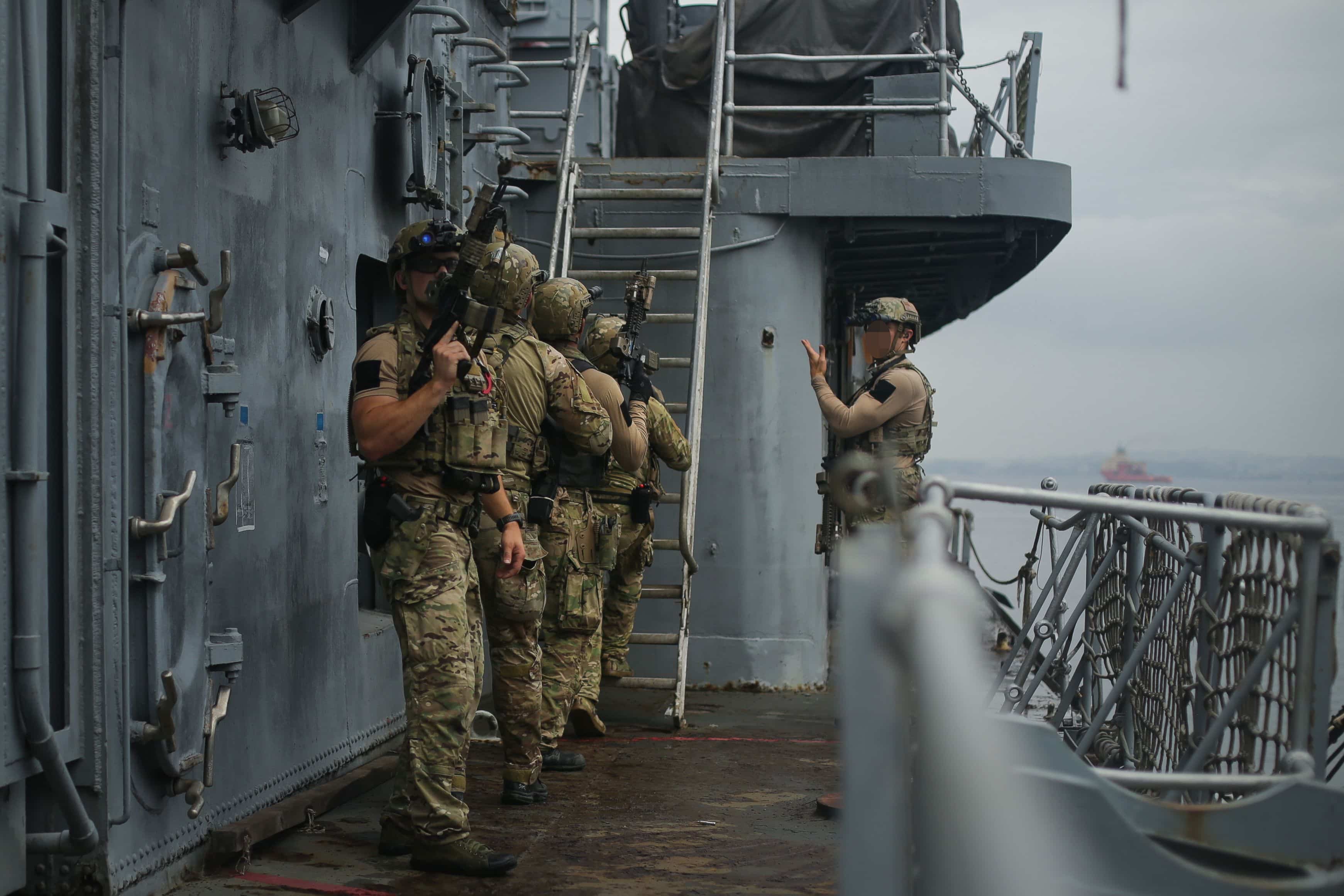The U.S. Navy’s Sea, Air, and Land (SEAL) teams have played a pivotal role in America’s defense since their inception during the Vietnam War era. These elite maritime special operations forces have been involved in a range of missions, from rescuing hostages to eliminating global threats. The article delves into the structure, symbols, rigorous training, cultural aspects, and post-Navy careers of these esteemed operators.
Key Points:
- Trident Symbolism: The Navy SEAL trident badge signifies their multifaceted roles. The badge includes an anchor symbolizing the Navy, a flintlock pistol representing readiness and land warfare, and a trident denoting their maritime nature. A bald eagle is also present in the SEAL insignia, symbolizing airborne operations.
- Training Rigor: Hell Week is a notorious training phase for aspiring SEALs. Candidates endure intense physical and mental challenges with minimal rest. About 21% of candidates starting Hell Week will quit or fail.
- Frogmen Origin: The term “frogmen” originally referred to Underwater Demolition Team (UDT) divers during World War II due to their frog-like appearance when swimming. This nickname later extended to the Navy SEALs and remains in informal use today.
- Diverse Roles: SEALs are trained for a multitude of missions, including special reconnaissance, direct action, unconventional warfare, and hostage rescue, among others. Their training prepares them for various environments like jungles, deserts, urban settings, and underwater.
- Post-Service Careers: After their tenure in the Navy, many SEALs transition into various professions. These range from entrepreneurship to law enforcement. Their resilience, discipline, and no-quit attitude often drive them to success in their chosen civilian paths.
Source: https://taskandpurpose.com/culture/navy-seal-life-frogmen-trident-hell-week/






